This red burnt brick gate in Murshidabad stands to tell a centuries-old tale of betrayal. Known as Namak Haram Deohri, or “Traitor’s Gate,” it once led to the palace of Mir Jafar.
History has its heroes and its villains, and Mir Jafar falls in the latter category. Jafar was a commander in the army of the Nawab of Bengal known for betraying Nawab Siraj ud-Daulah. During the Battle of Plassey in 1757, Jafar conspired with Robert Clive of the English East India Company.
As a result, the British appointed him as the new Nawab, but his rule was deeply unpopular as a puppet ruler, who is often remembered as a traitor in Indian history. The loss in Plassey eventually led the British Empire to acquire the Diwani of Bengal, which strengthened Britain’s roots in India for the next 200 years.
The old, dilapidated gate is located opposite the Jafarganj Cemetery in the Lalbagh area of Murshidabad. There is a house and an Imambara a few meters inside the gate owned by the descendants of the Jafar family. The Imambara is open to the public on the day of Muharram.
Nothing of the palace remains now except a broken blue tin signboard on one of its walls that marks it as private property. The building that once stood here was known as Jafraganj Deohri, and it was Mir Jafar’s residence when he was the Commander-in-Chief of Siraj’s army. According to historical documents, Jafar’s palace was fortified with towers and turrets, and it had a cannon to protect it from attacks.
The palace has great significance in Indian history because the secret meeting before the Battle of Plassey was held here between British officer William Watts, Mir Jafar, and his son Mir Miran. The trio hatched a plot in the palace to overthrow the last Nawab of Bengal Siraj ud-Daulah. Jafar promised Watts to betray the Nawab in the battle which was to be held the next day, so that the British could win the battle and dethrone the Nawab.
According to historian Seir Mutaqherin, Nawab Siraj ud-Daulah was murdered by Muhammad-Ali-Beg on the orders of Mir Miran in the campus of this Deorhi under a Neem tree on July 2, 1757, after he fled to save his life from the battleground. The English victory led to their eventual control of Bengal, which led to the establishment of British rule in India. Before this, the British had only been trading in India under the banner of the English East India Company.
Know Before You Go
Murshidabad railway station is 3.4 km away from the gate and you can take a three-wheeler, e- rickshaw, or a horse cart to reach here. A cab ride from Kolkata might take around five hours to reach. There are many interesting places of historical interest in walking distance from the deohri like the Jafarganj Cemetery and the palace of Jagat Seth, who started the banking house in Bengal during the rule of the Nawabs.

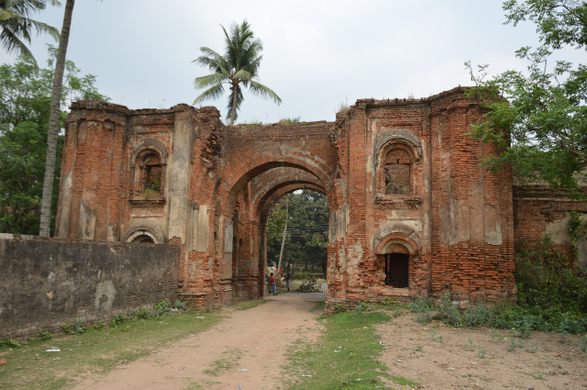



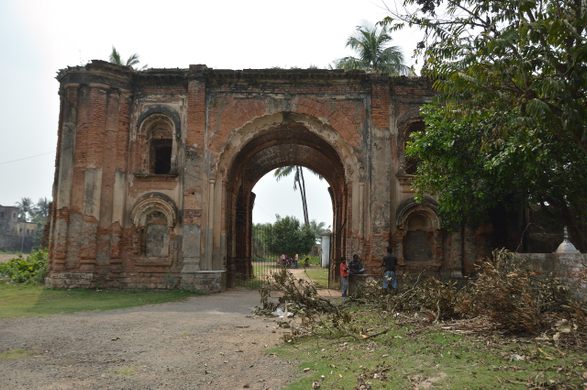




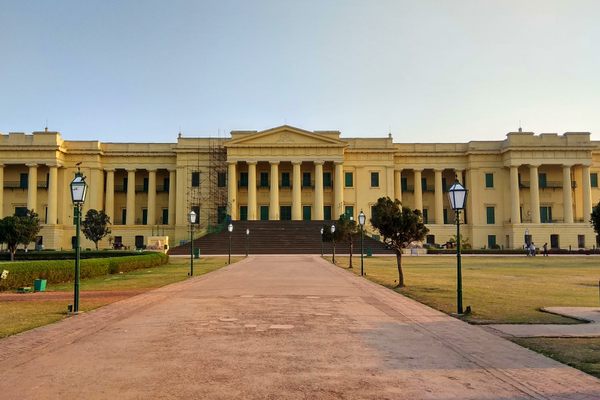

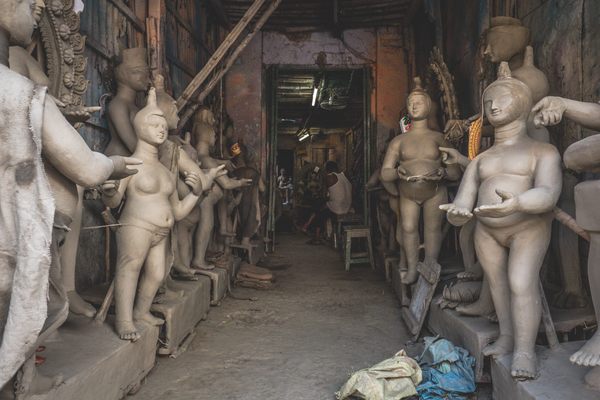




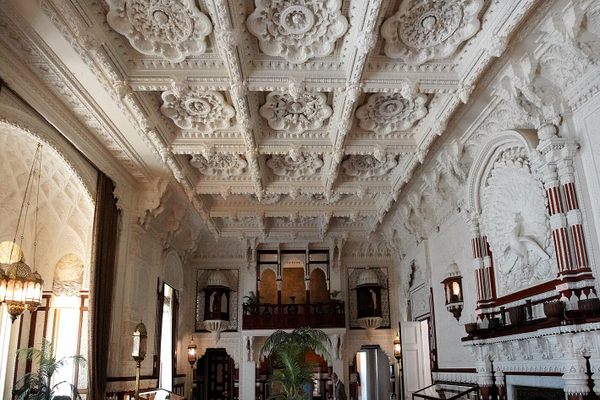

Follow us on Twitter to get the latest on the world's hidden wonders.
Like us on Facebook to get the latest on the world's hidden wonders.
Follow us on Twitter Like us on Facebook